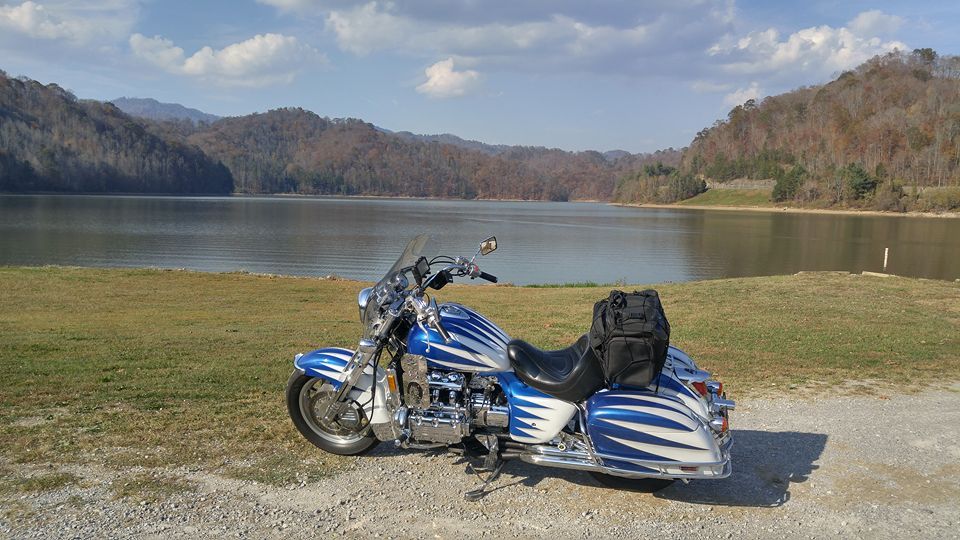Hooked up with my ridin' bud Paul ( Wimp ) on Tuesday morning in my hometown . We had no plan whatsoever as to where we was going we just knew we was going on a over-night somewhere. Wimp had called Preston ( Reb ) so we knew we wanted to be in Greenville , TN that evening to take a ride and have supper with him . We went around our elbow getting to our thumb and meandered up into North Carolina. We was in North Carolina , Virginia , Kentucky and The Great State Of Tennessee on this ride . We hit " The Rattler " Hwy 209 in North Carolina that still had some beautiful fall colors going on . I've never been on this road that it did not have marbles in some of the curves that's one reason this road is so dangerous you start getting in the groove and throwin' it into all these nice clean twisties and the next curve is covered in gravel ( keep that in mind if you ride this road ) .
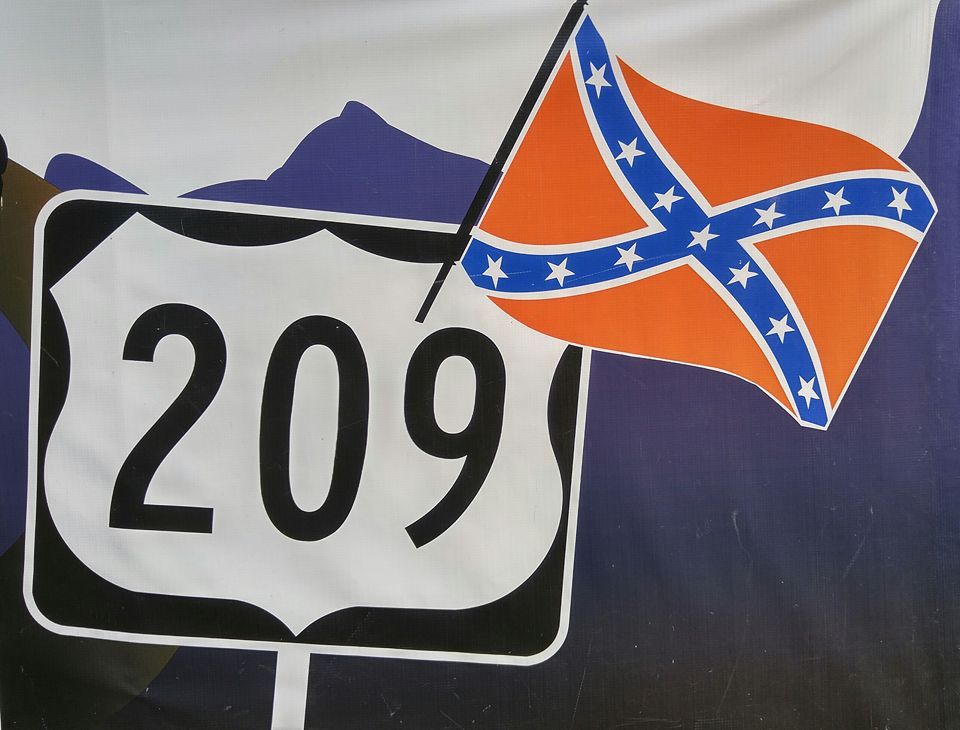
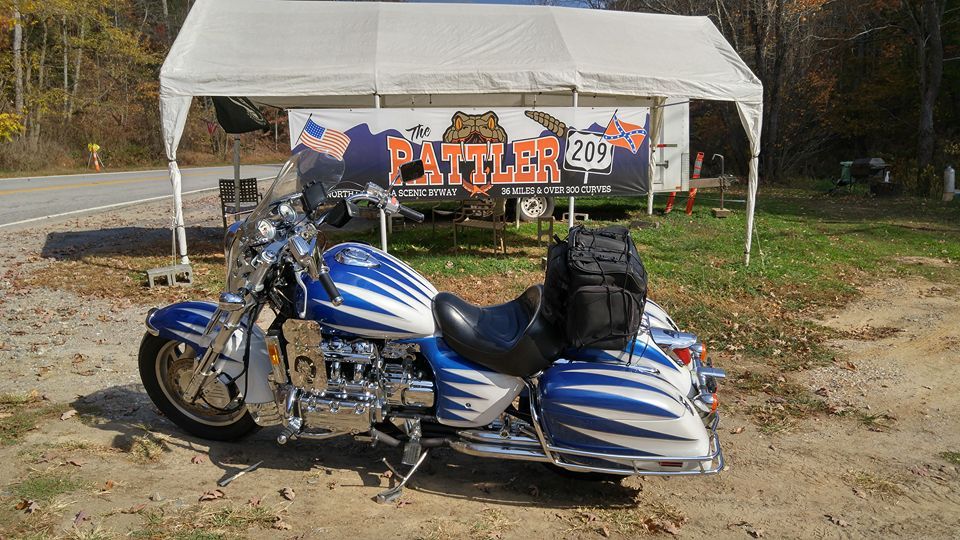
" Massacre at Shelton Laurel " ... This is located just off Hwy.208 that is another awesome road to ride if you get in the area.... The Shelton Laurel massacre was the execution of 13 accused Union sympathizers on or about January 18, 1863 by a Confederate regiment in the Shelton Laurel Valley of Madison County, North Carolina at the height of the American Civil War. The event sparked outrage among North Carolina Governor Zebulon B. Vance and Solicitor Augustus Merrimon (the latter of whom investigated the event), and was published in numerous newspapers in northern states and as far away as Europe. While the massacre destroyed the military career and reputation of Lieutenant-colonel James A. Keith, the adjunct commander who ordered the executions, he was never brought to justice for the incident. In spite of the governor's orders, Keith, believing a rumor that the Unionist force was much larger than in reality, began frantically combing the valley for Union supporters. For Keith, being a native of Marshall made this issue personal. Keith’s troops moved on Shelton Laurel from two directions. While Keith lead his column down from the high crest at the top of the valley, Colonel Allen brought his men up the opposite end of the valley. Hidden locals fired on Allen’s men with occasional gunfire. In the returning fire Allen’s soldiers killed 8 men.
Once the soldiers reached the home of Bill Shelton they encountered over 50 riflemen. The ensuing combat left six of the defenders dead. While Allen and his troops awaited Colonel Keith’s column, news was received that Allen’s 6-year-old son Romulus had died of scarlet fever. Upon his return to Marshall, Allen discovered that his 4-year-old daughter Margaret was dying. Allen was quick to blame the looters who had ransacked his house previously. The next day he buried his children and returned immediately to Shelton Laurel. With Allen, fueled by grief and the desire for vengeance, reunited with Keith, the two realized that the locals were unlikely to volunteer information. Keith rounded up several Shelton Laurel women and began torturing them in hopes of forcing them to give up their sons' and husbands' whereabouts. They hanged and whipped Mrs. Unus Riddle, a woman of 85. They hanged Mary and Sarah Shelton by their necks until they were nearly dead. The Memphis Bulletin reports: “Old Mrs. Sallie Moore, seventy years of age, was whipped with hickory rods till the blood ran in streams down her back to the ground. … Martha White, an idiotic girl, was beaten and tied by the neck all day to a tree.” The soldiers burnt homes and slaughtered livestock. After several days of rounding up alleged supporters, Keith began marching the captives toward East Tennessee, which at the time was occupied by a substantial Confederate army. However, after two of the captives escaped, Keith ordered the remaining 13 captives into the woods, and had 5 of them shot execution style.Their bodies were dumped into a nearby trench. Among the executed were three boys, ages 13, 14, and 17. Joe Woods, an elderly man of 60, says ““For God’s sake, men, you are not going to shoot us? If you are going to murder us, give us at least time to pray.” Keith responds, “There’s no time for praying.” The soldier hesitated before shooting the horrified captives, prompting Keith to bellow, “Fire or you will take their place!” The soldiers fired and 4 men were killed instantly, one required a second shot. The next 5 men were made to kneel and after the shots were fired again one man remained still alive. It was 13-year-old David Shelton who clutched the legs of an officer and begged “You have killed my old father and three brothers, you have shot me in both arms. … I forgive you all this — I can get well. … Let me go home to my mother and sisters.” David Shelton was shot 8 more times.
Attorney General Augustus S. Merrimon, stunned by the incident, reported it to Governor Vance shortly thereafter. He wrote “I learned that all this was done by order of Lieut. Col. James A. Keith. I know not what you intend doing with the guilty parties, but I suggest they are all guilty of murder. … Such savage and barbarous cruelty is without parallel in the State, and I hope in every other.” The governor wrote that the affair was “shocking and outrageous in the extreme,” and ordered a full investigation. Family members of the slain (mostly Sheltons) discovered that the bodies were being eaten by wilds pigs and moved the bodies to a new cemetery east of the massacre site. They swore revenge against the perpetrators. Keith was ultimately tried for the massacre in civilian court after the war. After spending 2 years in jail awaiting trial, he escaped just days before a state supreme court decision would have provided him with vindication. He was never apprehended, and after two years the state dropped its prosecution. Colonel Allen, who was not officially in command, but heavily involved in the tragedy was given 6 months suspension by the Army. Five widows of murdered men from Shelton Laurel petitioned congress for pensions. Their petition died in committee.
A North Carolina Highway Historical marker recalling the massacre stands in the vicinity of the massacre site at the modern intersection of state highways 208 and 212.
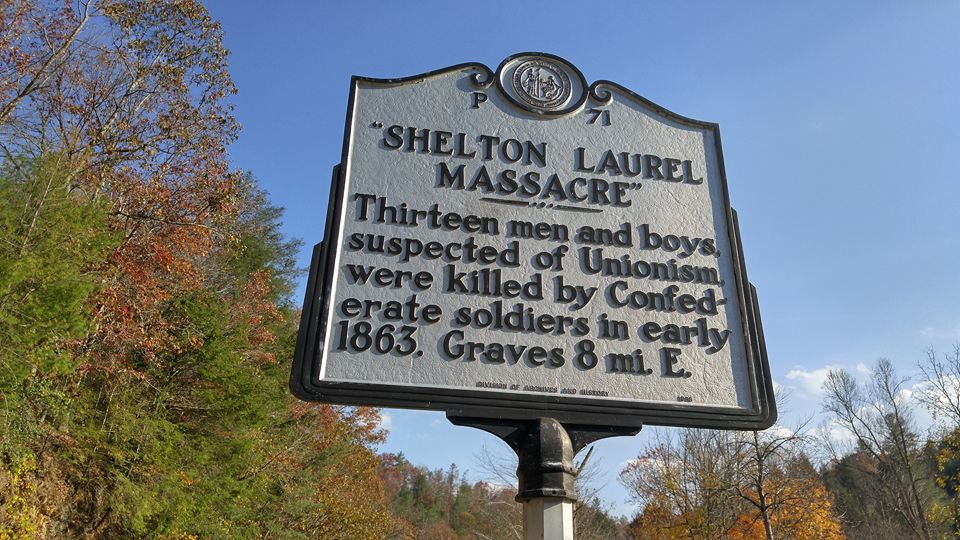
We stayed the night in Elizabethton , Tennessee . The Elizabethton Covered Bridge is a 134-foot covered bridge over the Doe River in Elizabethton, the county seat of Carter County, Tennessee.
The Elizabethton Covered Bridge was constructed in 1882 and connects 3rd Street and Hattie Avenue. Structurally, the Elizabethton Covered Bridge contains one span, a covered wooden Howe Truss (typically constructed of timber diagonals and iron verticals) that is 137 feet long. The total length is 154.3 feet . The covered bridge contains one traffic lane and a single walkway, while the curb-to-curb width is 16.4 feet and the out-to-out width is 20.4 feet . The bridge substructure is masonry, stone, and concrete. Each end of the bridge features a projecting truncated gabled roofline.
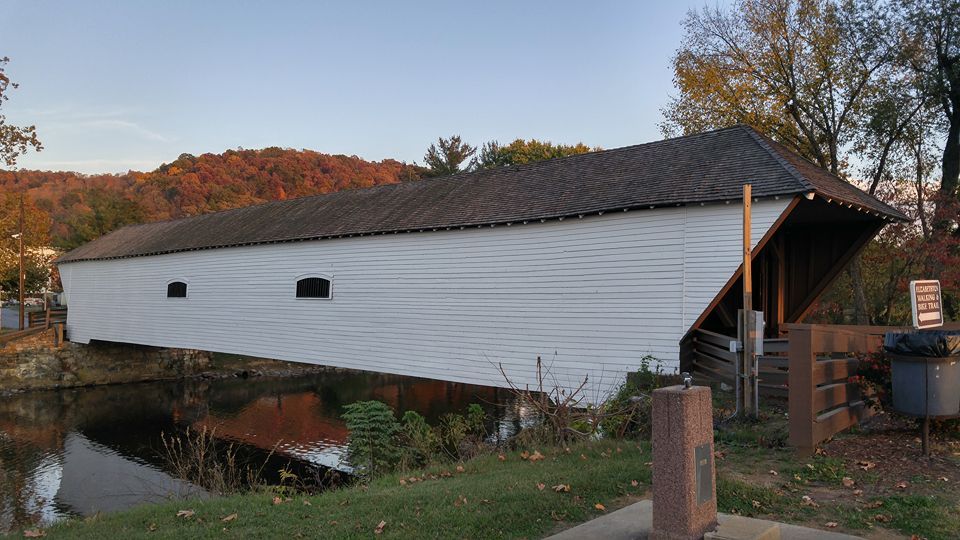
The lady that checked us in at the motel told us they had drained Boone Lake because the Dam was " leaking " . That was all we needed to hear for where we would head for on day two . The Dam was blocked off with construction equipment everywhere however the lake did not looked drained to me .

" I'm telling you lady ... I didn't do it " . She was actually really cool and talked with us until she got a call and took off floatin' the valve's in the old Ford.
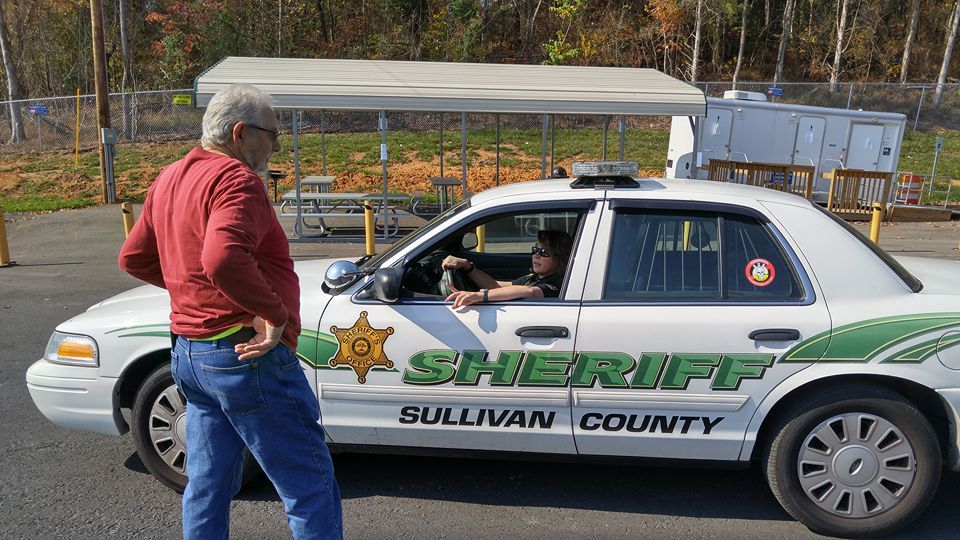
So much history and things to check out here all I'll say is if you ever get close to here you should stop and check it out .The Sycamore Shoals of the Watauga River, usually shortened to Sycamore Shoals, is a rocky stretch of river rapids along the Watauga River in Elizabethton, Tennessee. Archeological excavations have found Native Americans lived near the shoals since prehistoric times, and Cherokees gathered there. As Europeans began settling the Trans-Appalachian frontier, the shoals proved strategic militarily, as well as shaped the economies of Tennessee and Kentucky. Today, the shoals are protected as a National Historic Landmark and are maintained as part of Sycamore Shoals State Historic Park.
Explorer James Robertson (later a founder of Nashville) identified the alluring flatlands at Sycamore Shoals, known as the Watauga Old Fields, in 1770, and led a group of colonists to the area shortly thereafter. In 1772, the Watauga settlers established the Watauga Association, one of the first constitutional governments west of the Appalachian Mountains and the "germ-cell" of what would later become the state of Tennessee.
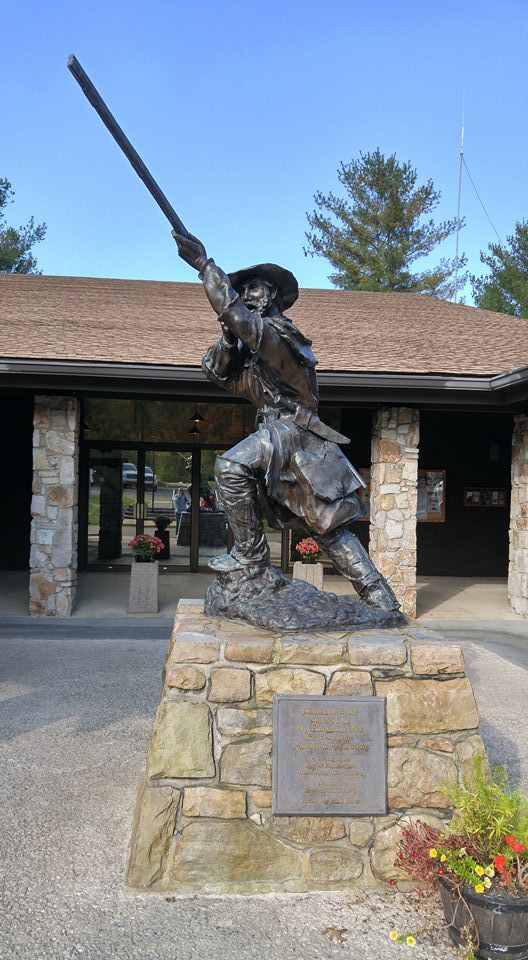
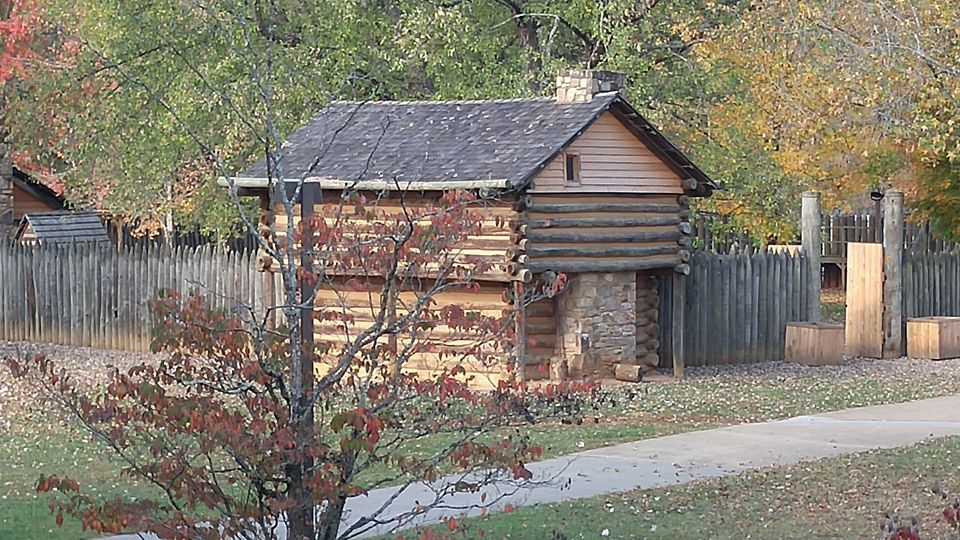
This is near Pennington Gap , Va .... Before political correctness this was known as Niggerhead Rock and still is when you stop and ask directions from anyone in this town. A older dude told us his 1950 class ring had Niggerhead Rock on the side of it. Today if you look it up its called The Great Stone Face.... This is 3 1/2 miles out of town on Hwy 421.

This is Martins Fork Lake in Kentucky and out in the middle of nowhere . This is a great ride with little too no traffic whatsoever .
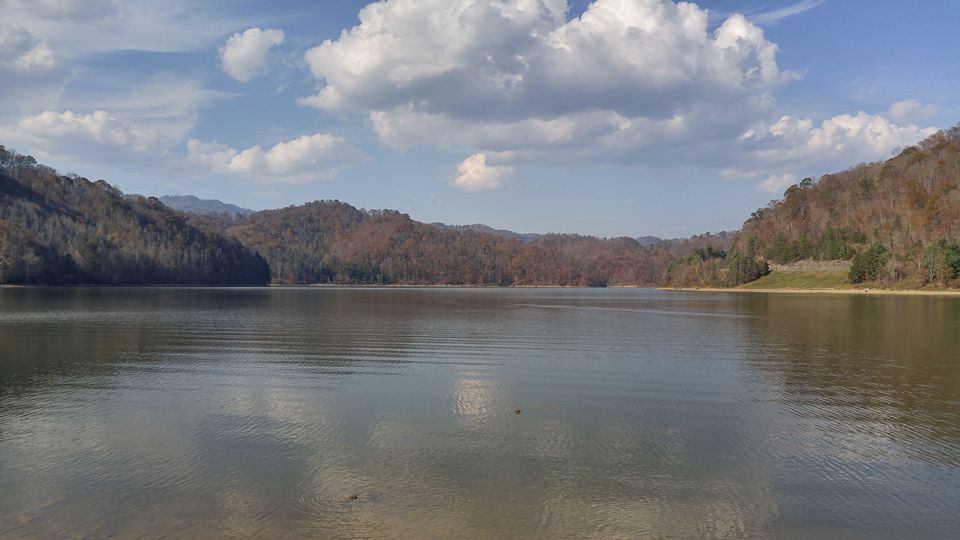
Martins Fork Lake is a 340-acre reservoir in Harlan County, Kentucky. The lake was impounded from the Martin's Fork in 1979 by the United States Army Corps of Engineers. It is named for James Martin, an early pioneer in the area.
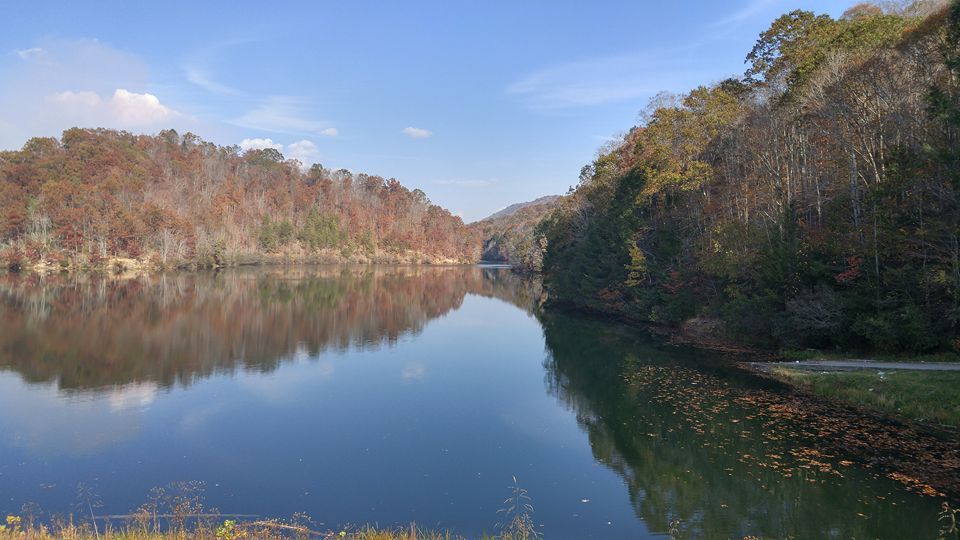

Hard to get a good " Money Shot " when on the road with luggage but it is what it is .... Picture taken at Martin's Fork Lake in rural Kentucky.
